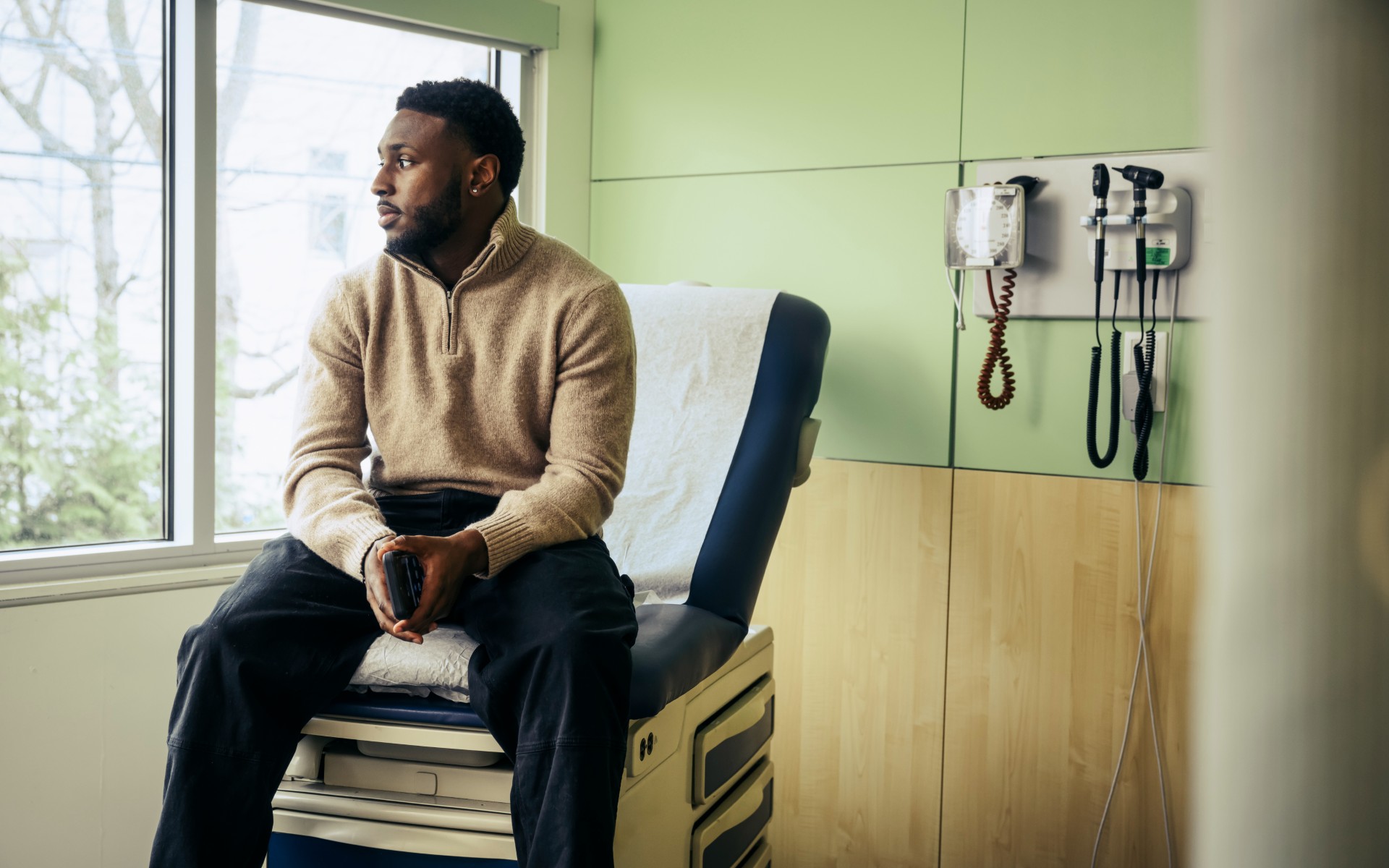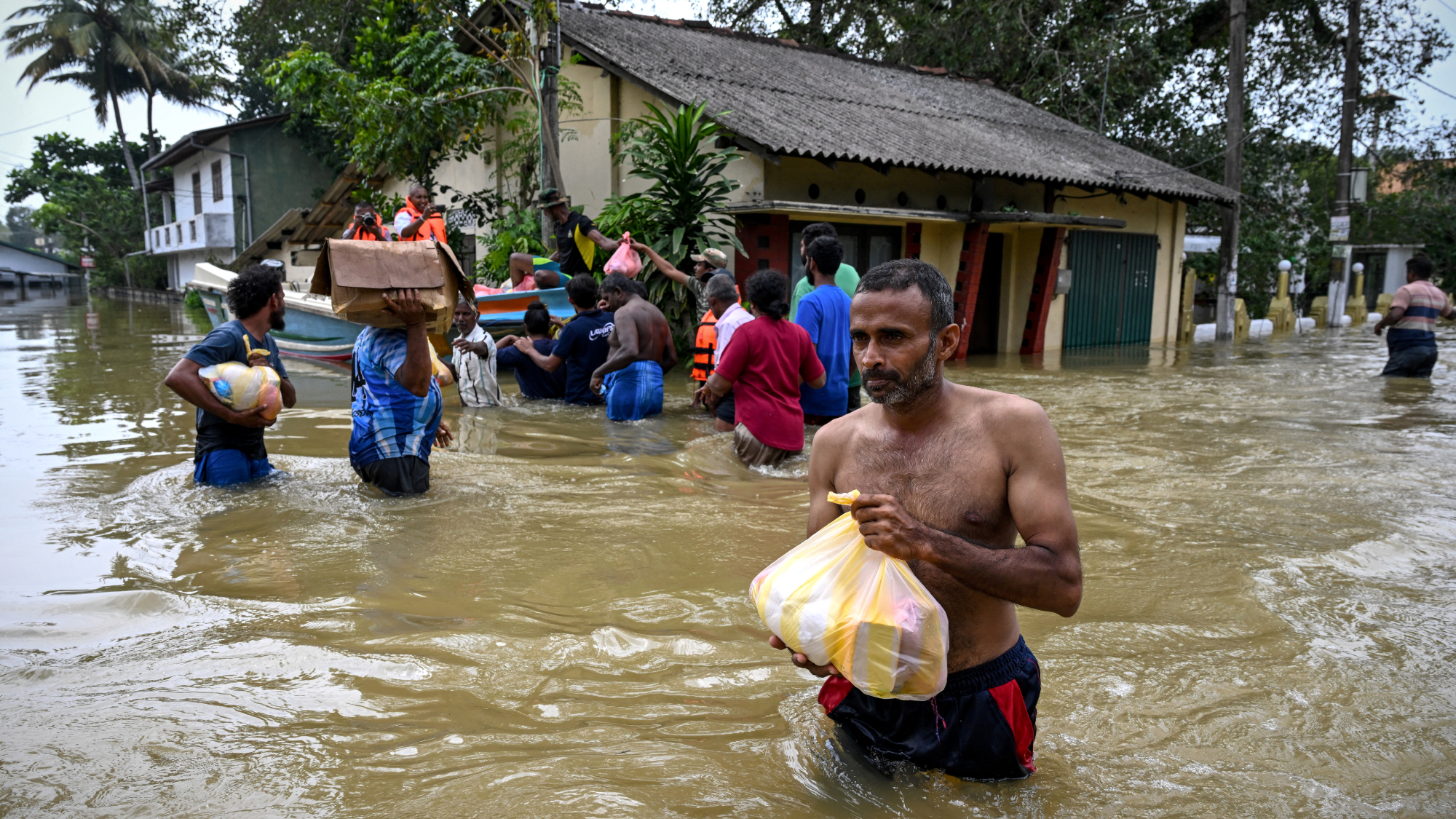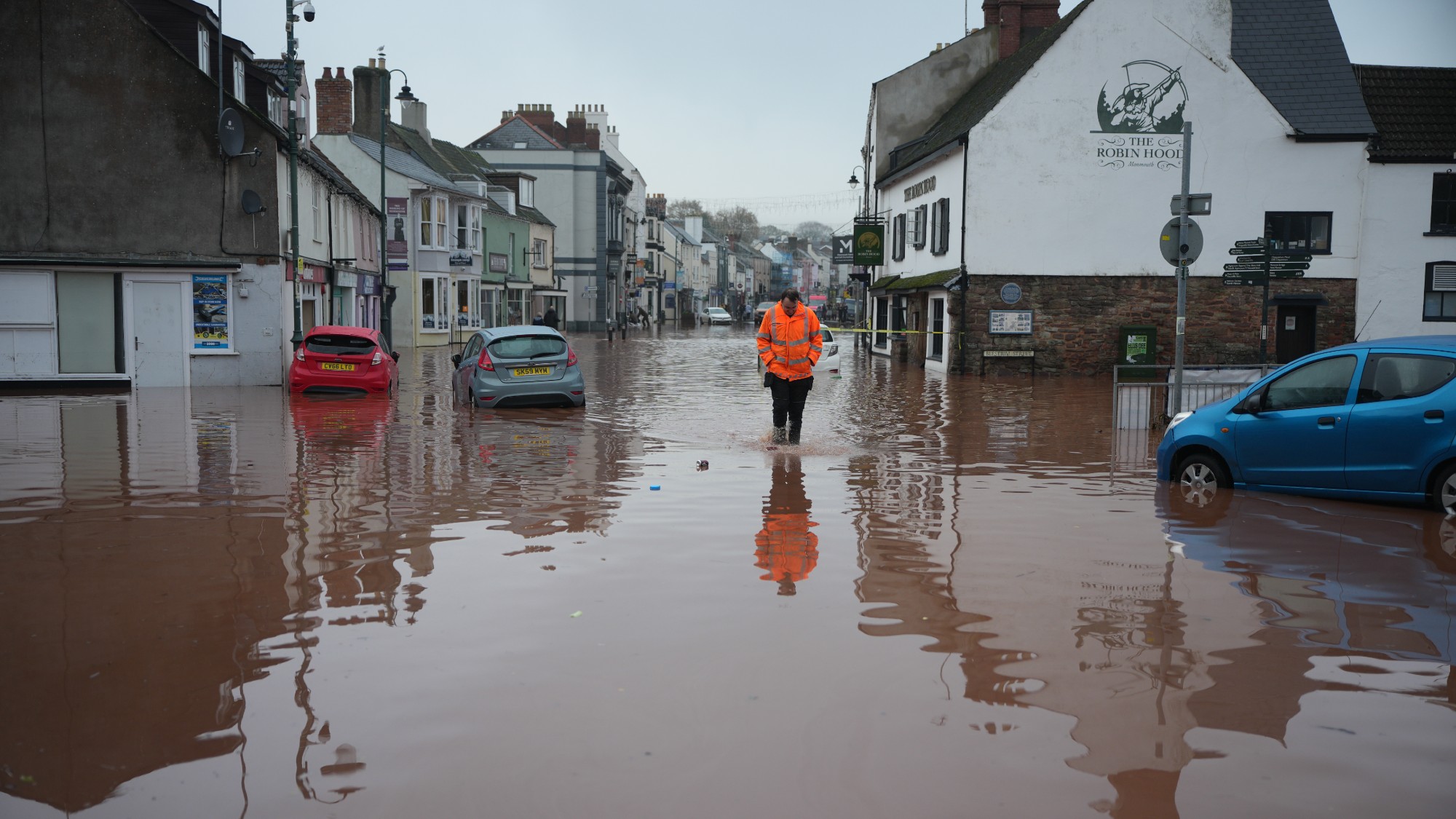Pros and cons of onshore wind farms
Rishi Sunak ‘stuck between two Tory wings’ over proposed law changes to allow more turbines on land

The prime minister appears set to roll back on his opposition to onshore wind farms amid a looming rebellion by Tory MPs.
Rishi Sunak pledged during the party leadership battle this summer to not “relax the ban on onshore wind in England”. But Downing Street this week “fuelled expectations of a U-turn” by saying the PM would “engage” with more than 30 Conservatives backing proposed legal changes to lift the de-facto ban on turbines on land, said The Independent.
Former Tory leaders Boris Johnson and Liz Truss are among the rebels supporting ex-cabinet secretary Simon Clarke’s pro-wind amendment to the Levelling Up Bill. Labour is expected to back Clarke’s proposals too, and is also tabling a separate and more “beefed-up amendment” on onshore wind, according to The Guardian.
The Week
Escape your echo chamber. Get the facts behind the news, plus analysis from multiple perspectives.

Sign up for The Week's Free Newsletters
From our morning news briefing to a weekly Good News Newsletter, get the best of The Week delivered directly to your inbox.
From our morning news briefing to a weekly Good News Newsletter, get the best of The Week delivered directly to your inbox.
The row has left Sunak “stuck between two wings” of his own party, said the paper, as the rival sides continue to debate the pros and cons of using onshore wind farms to help transition to zero-carbon energy generation.
1. Pro: small carbon footprint
Although manufacturing and operating wind turbines produces some emissions carbon, the carbon footprint of wind energy is “relatively small”, according to LSE. Greenhouse gas emissions created by the manufacture, transportation and installation of onshore wind turbines total around 9 gCO2/KWh on average, the university reported.
By contrast, the average footprint of gas power generators is around 450 gCO2/KWh, while coal power generators around 1,050 gCO2/KWh.
2. Con: intermittent source
Turbines can only generate electricity when the wind is blowing at sufficient strength, so “fossil fuel-based power supply is needed as back-up, which can temporarily increase greenhouse gas emissions”, said LSE. However, the university added, other technologies, “such as inter-linkages with other countries’ grids, energy storage and electricity demand management, are expected to help tackle intermittency in the future”.
A free daily email with the biggest news stories of the day – and the best features from TheWeek.com
At this stage, said National Grid, we need a “mix of solutions”, including “other renewable energy sources, as well as receiving clean energy through interconnectors and improved management of energy demand”.
3. Pro: cost competitive
The infrastructure required for onshore wind power is “significantly less expensive than what’s required for offshore wind”, said global recruitment agency Brunel. “In some cases, it’s half the cost and can provide investment payback as quickly as two years,” added the company, which specialises in the energy and mining sector.
A 2015 analysis by Bloomberg New Energy Finance comparing the costs involved in renewable energy and fossil fuels also found onshore wind to be “fully competitive” in many regions of the world. The research showed that the cost of both wind and solar power was getting cheaper, “helped by cheaper technology but also by lower finance costs , while coal and gas became more expensive”.
4. Con: visual impact
Onshore wind farms can be an “eyesore on the landscape”, said Brunel, and wind turbines built on high ground to generate more power can be especially “imposing on surrounding residential areas”. Turbines are also “typically more spread out than other large-scale energy infrastructure projects”, said LSE, “so can affect a larger area”.
Noise is another issue: wind turbines can cause noise pollution if located near a residential area. However, government studies have found that noise levels are comparatively low and generally do not significantly impact nearby residents.
5. Pro: quick installation
Wind farms are quicker and easier to set up than many alternatives. While a nuclear power station might take “in excess of 20 years to construct from the initial planning permission phase”, said energy-saving advice site The GreenAge, a wind turbine can “go up and start providing electricity to the grid in a matter of months”.
6. Con: threat to wildlife
Some campaigners have voiced concerns that birds and bats may collide with turbines. But the Royal Society for the Protection of Birds (RSPB) has pointed to the bigger picture, by warning that “climate change poses the single greatest long-term threat to birds and other wildlife”.
The charity has argued that “switching to renewable energy now, rather than in ten or 20 years, is essential if we are to stabilise greenhouse gases in the atmosphere at safe levels”.
Chas Newkey-Burden has been part of The Week Digital team for more than a decade and a journalist for 25 years, starting out on the irreverent football weekly 90 Minutes, before moving to lifestyle magazines Loaded and Attitude. He was a columnist for The Big Issue and landed a world exclusive with David Beckham that became the weekly magazine’s bestselling issue. He now writes regularly for The Guardian, The Telegraph, The Independent, Metro, FourFourTwo and the i new site. He is also the author of a number of non-fiction books.
-
 A TikTok trend has Gen Z men leaving streetwear behind for more preppy attire
A TikTok trend has Gen Z men leaving streetwear behind for more preppy attireThe Explainer More than a zipper: Young Black men embrace the ‘quarter-zip movement‘
-
 Codeword: December 12, 2025
Codeword: December 12, 2025The daily codeword puzzle from The Week
-
 Sudoku medium: December 12, 2025
Sudoku medium: December 12, 2025The daily medium sudoku puzzle from The Week
-
 Pros and cons of geothermal energy
Pros and cons of geothermal energyPros and Cons Renewable source is environmentally friendly but it is location-specific
-
 Death toll from Southeast Asia storms tops 1,000
Death toll from Southeast Asia storms tops 1,000speed read Catastrophic floods and landslides have struck Sri Lanka, Indonesia, Thailand and Malaysia
-
 Can for-profit geoengineering put a pause on climate change?
Can for-profit geoengineering put a pause on climate change?In the Spotlight Stardust Solutions wants to dim the sun. Scientists are worried.
-
 How will climate change affect the UK?
How will climate change affect the UK?The Explainer Met Office projections show the UK getting substantially warmer and wetter – with more extreme weather events
-
 Can the UK do more on climate change?
Can the UK do more on climate change?Today's Big Question Labour has shown leadership in the face of fraying international consensus, but must show the public their green mission is ‘a net benefit, not a net cost’
-
 Did Cop30 fulfil its promise to Indigenous Brazilians?
Did Cop30 fulfil its promise to Indigenous Brazilians?Today’s Big Question Brazilian president approves 10 new protected territories, following ‘unprecedented’ Indigenous presence at conference, both as delegates and protesters
-
 Can the world adapt to climate change?
Can the world adapt to climate change?Today's Big Question As the world gets hotter, COP30 leaders consider resilience efforts
-
 Taps could run dry in drought-stricken Tehran
Taps could run dry in drought-stricken TehranUnder the Radar President warns that unless rationing eases water crisis, citizens may have to evacuate the capital